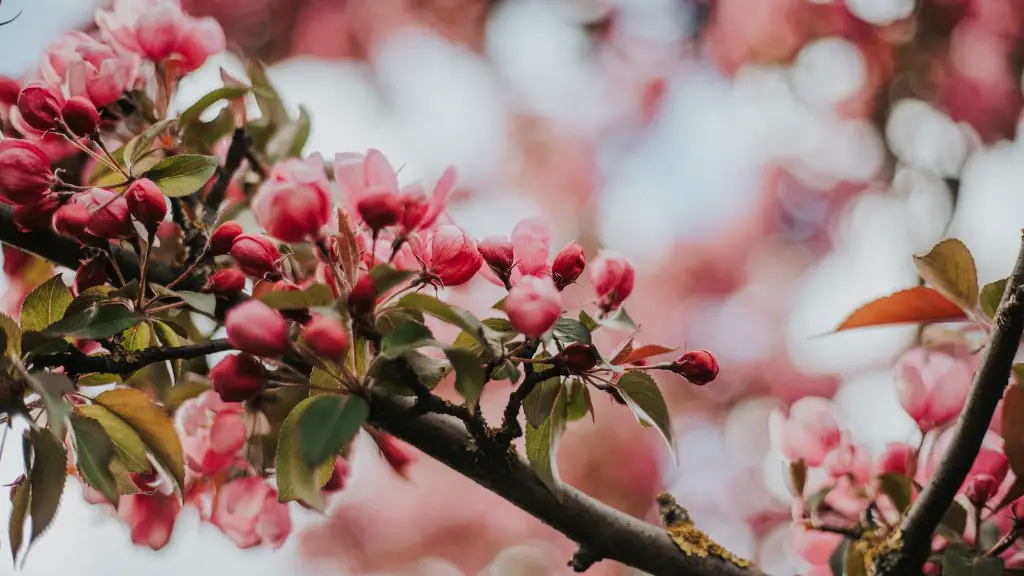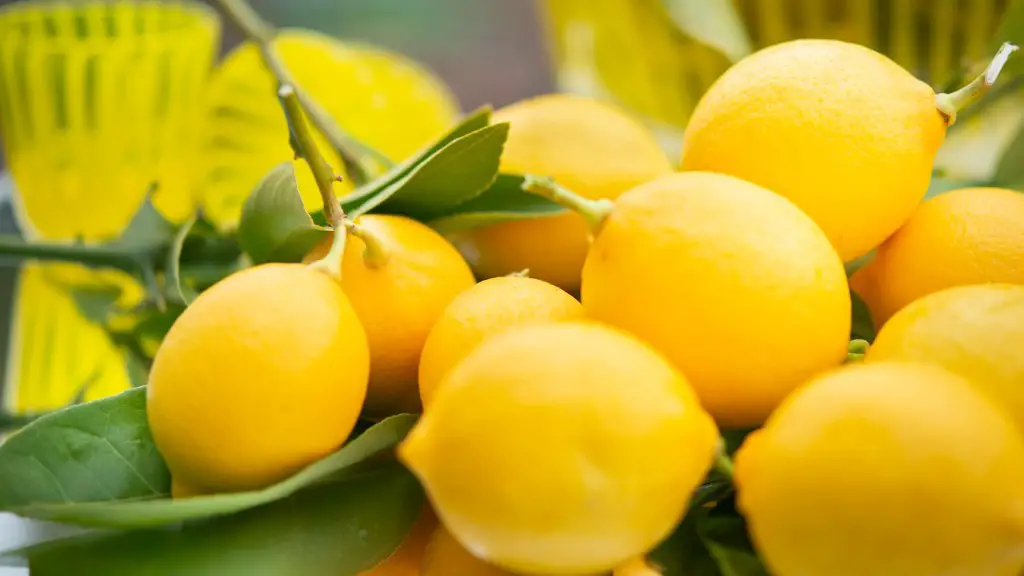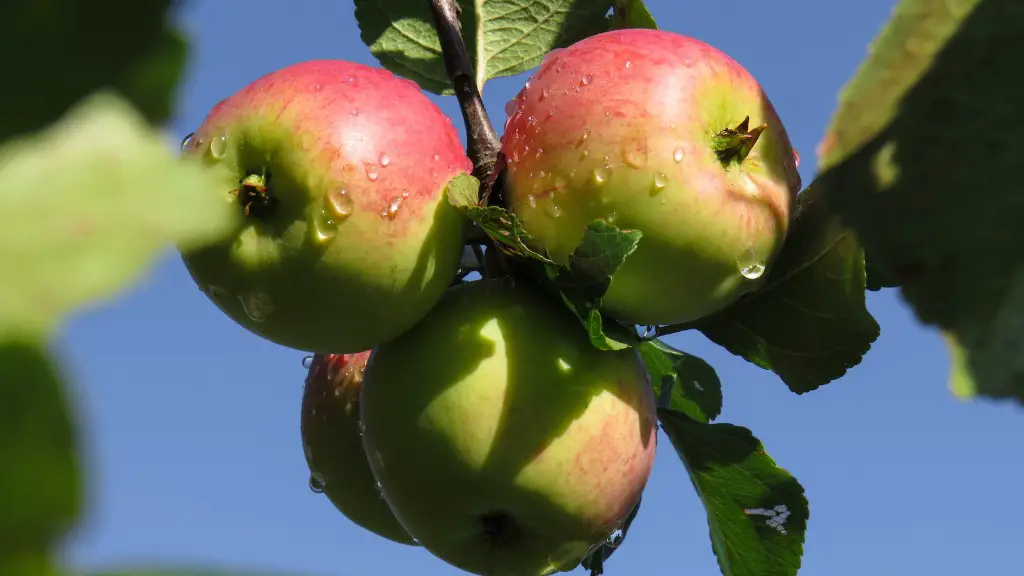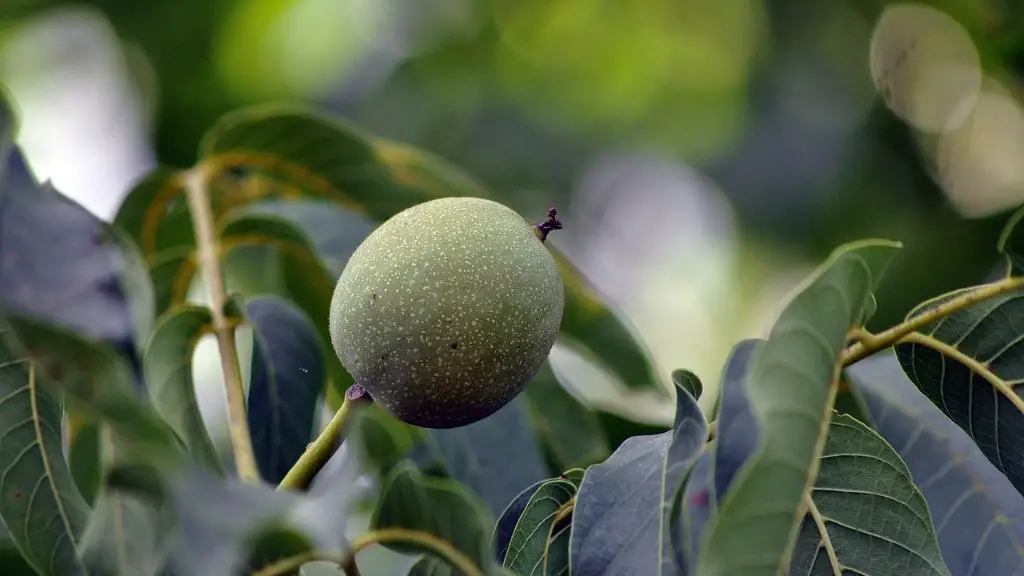Background Information of Cherry Tree
Cherry tree, known as Prunus, is a subject of delight for every homeowner. It can come in a variety of shapes, sizes, and colors and is ideal for a backyard garden. It is especially known for its attractive blossoms, which can turn your garden into a paradise. It is also a hardy tree that needs minimal maintenance once established. But what to feed a cherry tree? That is the question we must tackle in this article.
Benefits of Feeding Cherry Tree
Feeding cherry tree is an important part of its maintenance. It provides nutrients to the tree and boosts its growth. Moreover, it also increases the longevity of the tree. Furthermore, regular feeding can promote better blooms and help the tree weather through tough conditions like droughts.
Nutrients Necessary
Cherry trees require several essential nutrients like nitrogen, potassium, phosphorous, calcium, and magnesium. These nutrients help in the tree’s growth and can be found in organic compost, animal manures, and well-rotted materials like leaves and bark. These should be used carefully, however, as excessive amounts of nitrogen can cause the tree to produce too much foliage.
Organic Fertilizers
Organic fertilizers should also be incorporated into the maintenance routine. Organic fertilizers are not only beneficial to the health of the tree but are also good for the environment as it does not contain any artificial chemicals or compounds. Examples of organic fertilizers include bone meal, fish emulsion, and seaweed. These should be spread beneath the tree either before the blooming season or during the winter to help the tree get through the dormant period.
Fungal Treatment
Cherry trees can also suffer from fungal diseases like brown rot. Fungal treatment is important in keeping such diseases at bay. The best approach against such diseases is a combination of avoiding over-watering, proper pruning, and using a spray mixture of water, baking soda and some oil. The baking soda works like an alkaline that prevents fungi from forming while the oil creates an impenetrable barrier against fungi spores.
Mulching
Mulching is also important in cherry tree maintenance as it helps in retaining moisture and prevents the growth of weeds in the tree’s vicinity. The mulch should be applied around the base of the tree. Organic materials like straw, leaves, or compost can be used for mulching and should be applied every year in a thick layer of about three inches.
Pruning
Pruning should be done in the late winter or early spring season. Pruning helps in controlling the shape and size of the tree and also encourages new growth. The branches that are dead, diseased, or crossing should be removed. Pruning should be done within the limits of what is necessary and no more than 25 percent of the canopy should be trimmed every year.
Watering
Watering should be done according to when the tree blooms and at least one inch of water should be given to the tree weekly. The water should be spread in the vicinity of the tree and if possible, the soil should be kept moist continually. Cherry trees may suffer in extreme drought conditions so it is important to provide adequate watering.
Winter Protection
Cherry trees should be given extra protection in the winter season as they are very susceptible to cold injury. A source of heat like a compost pile should be set up near the trunk of the tree to keep it safe from harsh temperatures. Mulch should also be applied as it helps in keeping the soil warm and moist. Furthermore, a layer of tree wrap can be applied around the trunk for extra cold weather protection.
Insect Pests
Insect pests such as aphids and caterpillars can also be a problem for cherry trees. These can be controlled with pesticides or by using natural methods such s using horticultural oil or soap spray. Moreover, ladybird beetles and lacewings can be used as natural predators to control insects, which can help in keeping the insect population in check.
Nutrient Deficiency
Nutrient deficiency can also stunt the growth of a cherry tree. It is important to conduct a soil test to determine the nutrient levels of the soil before adding any fertilizer. Furthermore, a balanced fertilizer should be used to prevent over-fertilization as this can burn the tree’s roots and stunt its growth.
Conclusion
Feeding a cherry tree is a daunting yet important task that must be done regularly to maintain its health and beauty. It cannot be done using artificial fertilizers but rather a combination of organic fertilizers, mulch, and pruning should be applied to ensure the health of the tree and protect it from diseases and pests.



